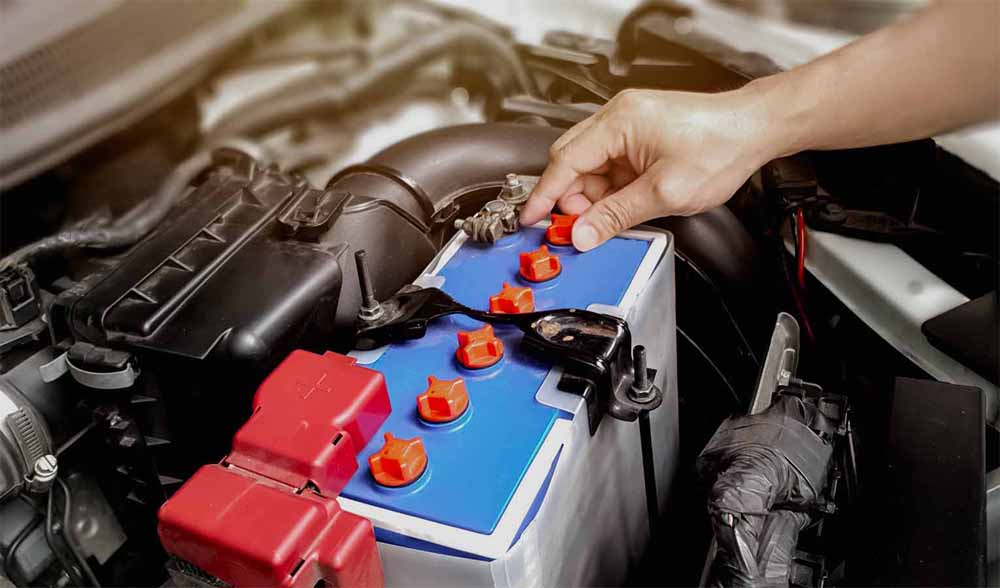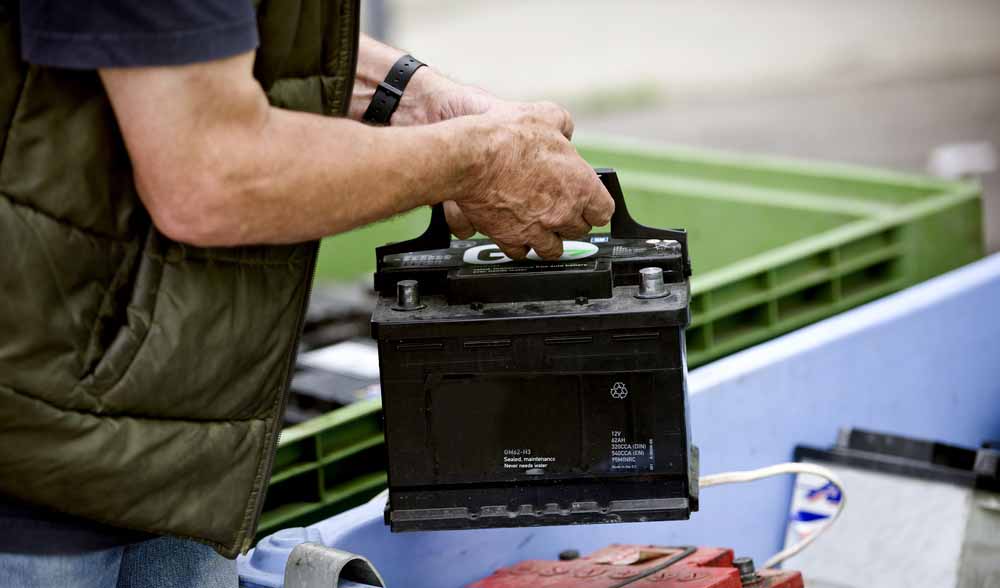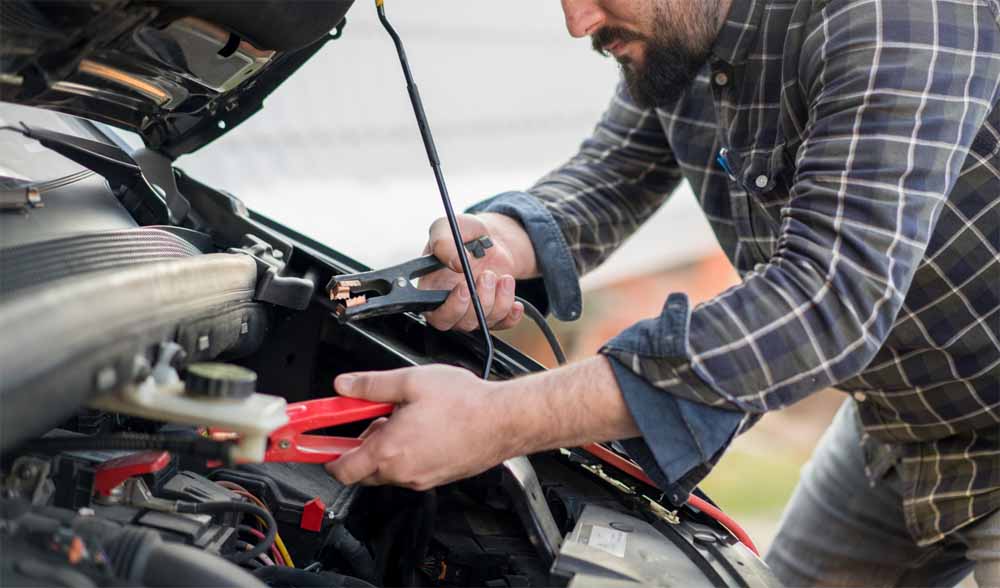When it comes time to prepare your recreational vehicles for spring use after being stored during the off-season, you likely prioritize inspecting the most noticeable components such as tires, batteries, belts, hoses, and fluids. Typically, you’ll check the tire pressure and condition, ensure you have enough fluids such as gas and coolant, and verify the battery is charged. Often, the battery inspection involves the most basic method of attempting to start the vehicle with the ignition.
Even if your vehicle starts, assuming you’re good to go for the upcoming season could lead to trouble. Without proper maintenance during the storage period, the battery may not be capable of providing its optimal performance and lifespan for the season ahead.

To ensure optimal battery performance, it’s recommended to conduct a few basic checks. However, before inspecting the battery, it’s crucial to eliminate any potential sparks or flames in the vicinity and avoid smoking altogether. Additionally, it’s important to wear eye protection, protective gloves, and clothing.
Regular Maintenance
If you have a conventional-style battery with liquid electrolyte, even though it has been maintained during winter, it’s recommended to visually examine the battery for any visible issues. These issues may include dirty or corroded terminal connections, low fluid levels, physical damage such as missing or broken filler caps, or dirt and moisture on the battery. If battery servicing is necessary, it’s best to remove the battery from the vehicle.
Begin by verifying that whether the electrolyte level has been correctly adjusted. Using distilled water, fill each cell until the level is above the minimum level line on the battery case but does not exceed the maximum line. Avoid overfilling the battery as it may result in leakage. If the electrolyte levels have dropped below the minimum level lines, there’s a possibility of permanent damage to the internal lead plates, which could necessitate a replacement battery.

For more information about electrolyte level, please go to our blog: Use and Maintenance of a Lead Acid Battery in Winter
After adjusting the levels, ensure that the filler plugs are secured and the battery is free of dirt and corrosion. If cleaning is necessary, create a mixture of baking soda and water to neutralize any electrolyte on the battery’s exterior. Use an old paintbrush or toothbrush to apply the mixture to the battery and terminals, then rinse it off with clean water. Dry the battery using a soft rag or paper towel and ensure that the terminals are clean and free of corrosion. For significant corrosion, use a small wire brush to clean the terminals or brighten them with emery cloth.
After cleaning the battery, it’s essential to check its state of charge. Using a voltmeter, the battery terminal voltage should measure at least 12.6 volts. If the voltage reads below this level or you’ve adjusted the electrolyte levels, a boost charge is necessary. Charge the battery in a well-ventilated area that is inaccessible to children and pets. While there are numerous car battery charger options available, it’s advisable to utilize an automatic taper-type charger specifically designed for Powersports batteries. Avoid utilizing a high-current or fast car battery charger for the boost charge unless you are familiar with their operation; otherwise, permanent damage may occur to the battery.

Maintenance of an AGM Battery
When servicing an AGM battery, there’s no need to inspect the electrolyte levels since the battery is permanently sealed and must never be opened. However, the cleaning and charging methods are identical to those of conventional style batteries. One notable feature of the AGM battery is the battery terminal voltage, which should measure approximately 12.8 volts when fully charged. These batteries contain a slightly different electrolyte, which affects the terminal voltage.
The Following Steps
Even after performing this maintenance, you may still need additional assistance with your battery. Although the battery may show a good terminal voltage, it may not be in the best health condition. Corrosion or sulfation may have caused it to deteriorate and have a limited capacity. To determine this condition, you may opt to reinstall the battery in your vehicle and conduct a basic start test.
To guarantee optimal battery performance and lifespan, we advise using either the 12V 8A Smart Portable Car Battery Charger or 12V-24V One-Click Intelligent Pulse Repair Car Battery Charger for battery maintenance.
These chargers utilize several protection measures to ensure proper charging of your battery, and they are designed to switch to a float mode once the battery is fully charged and maintain it there. This function enables you to keep the charger connected to your battery for an extended period without worrying about overcharging or discharging the battery. They also feature both summer and winter charging modes to adapt to different climate conditions. The second one also features a pulse repair function for sulfated batteries.
It is essential to keep in mind that despite taking care of and maintaining your battery correctly, it will eventually wear out. Like any other part of your vehicle, it is usually more convenient to replace them before they fail unexpectedly. Hence, you may consider replacing your battery every few years with a new one.
